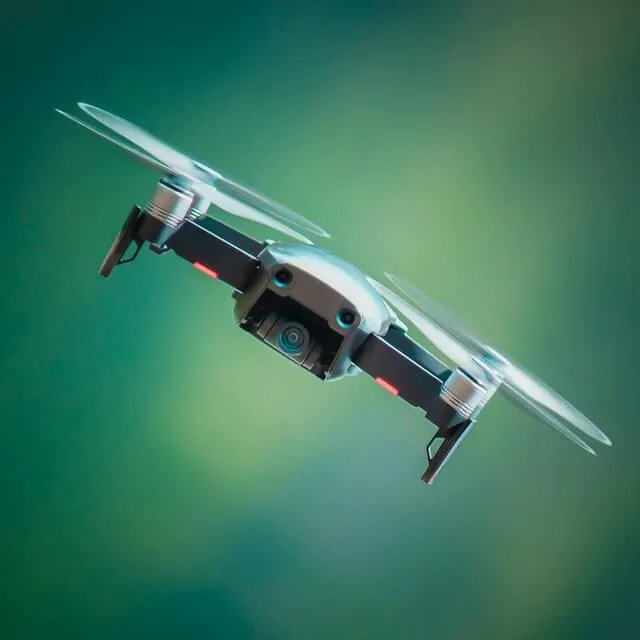

If you consider trying or already enjoy doing drone photography, below are 5 helpful tips to help you get the most of your drone.
*Note these tips can be applied for most high-end drones
Phase one: Research & Prepare
Location: The very first question to ask yourself before flying is, “Is it legal to fly in the area?” Below are the standard rules of safety that every drone operator must know:
- Fly at or below 400 feet
- Keep your drone in your line of sight
- Don’t fly near airports (5-mile restriction) without prior permission
- Refrain from flying over unprotected crowds or groups of people
- Keep the drone away from stadiums or sporting events
- Never fly near natural disasters or active emergency vehicles
- Don’t fly while under the influence of any beverage or substance
Wherever there’s a need, there’s an app! Check out the FAA-approved B4UFLY app, which you may find useful for your pre-flight planning. It shows where drone operators can or cannot fly with GPS-based interactive maps. It is available for free at the App Store for iOS and Google Play store for Android.
Weather: You don’t want to find yourself disappointed after you’ve arrived at your destination to find out it’s too windy or rainy to fly the drone. Study the forecast ahead of the time.
Here’s another helpful app to check to make sure it’s a go: UAV Forecast. It gives you a clear breakdown of local wind speeds, rain chances, cloud cover, visibility and local temperature. The SkyWatch.AI mobile app also shares weather updates directly through its flight module.

Equipment Checklist: To ensure you have everything you need to bring to your flight, here’s a checklist:
- Check for firmware or app updates
- Fully charge all batteries (drone, controller, tablet)
- Format the SD card(s).
- Inspect the aircraft and controller systems (including propellers, batteries, gimbal, camera, etc.)
- Make sure the registration number is visible on the drone
- Bring ND filters in case there are bright, sunny conditions
- Insured? I always make sure I’m covered by SkyWatch before I go flying.
Phase two: Shoot in RAW format
Shooting in JPG format is a quick solution if you want the photos straight out of the camera without editing. However, shooting in RAW format is recommended if you want more versatility and edge out of your photos when editing them in post-production. RAW format allows you to take advantage of greater exposure and color adjustments in Lightroom or Photoshop without making the photo look unnatural. Trust me, your future self will thank you for being able to transform any of your old mediocre photo into great ones! Here's how.

Phase three: Use the Tripod Mode
While shooting aerial photographs, it’s important to stabilize your aircraft as much as possible. As the drone goes higher in the air, it gets more windy, which causes your drone to wobble while hovering. Use the Tripod intelligent flight mode on your drone (available on most DJI drones) to enable your drone to remain still in the air while you capture photos. I typically shoot, using a shutter speed of 1/125 or faster in daylight conditions or the shutter speed of 1/50 in dusk conditions.
In addition, Tripod Mode also gives you more precise controls. This is especially helpful in setting up your shots and making those fine adjustments to your drone’s position to get the right angle you want.

Phase four: Use the Thirds Grid Overlay
Composition is a big deal in photography. It’s the way in which visual elements are put together in your image through framing. With the help of the thirds grid overlay, you can easily frame your images and ensure they are properly composed. Check your drone camera for a thirds grid available in the app.
The thirds grid overlay also helps reduce not only some unnecessary cropping time but also some unnecessary rotating time in post-production. It guides you to line up with lines or align with patterns you may find from a bird’s eye view.

Tip five: Seek Lights and Shadows
As photographers, we all know that the relationship between light and shadow is the foundation of the game. It plays a huge part in determining the mood, tone and overall vibe.
Shooting with a drone gives you the opportunity to explore how lights and shadows look from above. The best time to capture lights and shadows is when the sun is low on the horizon during sunrises and sunsets.

With these tips, there’s no doubt you will want to fly every chance you find to get the most out of your drone. Get creative with those shots and have fun! Lastly, don't forget to wipe clean your lens before sending the drone up!
Make sure to check out Julian's website and instagram for more drone photography inspiration.










